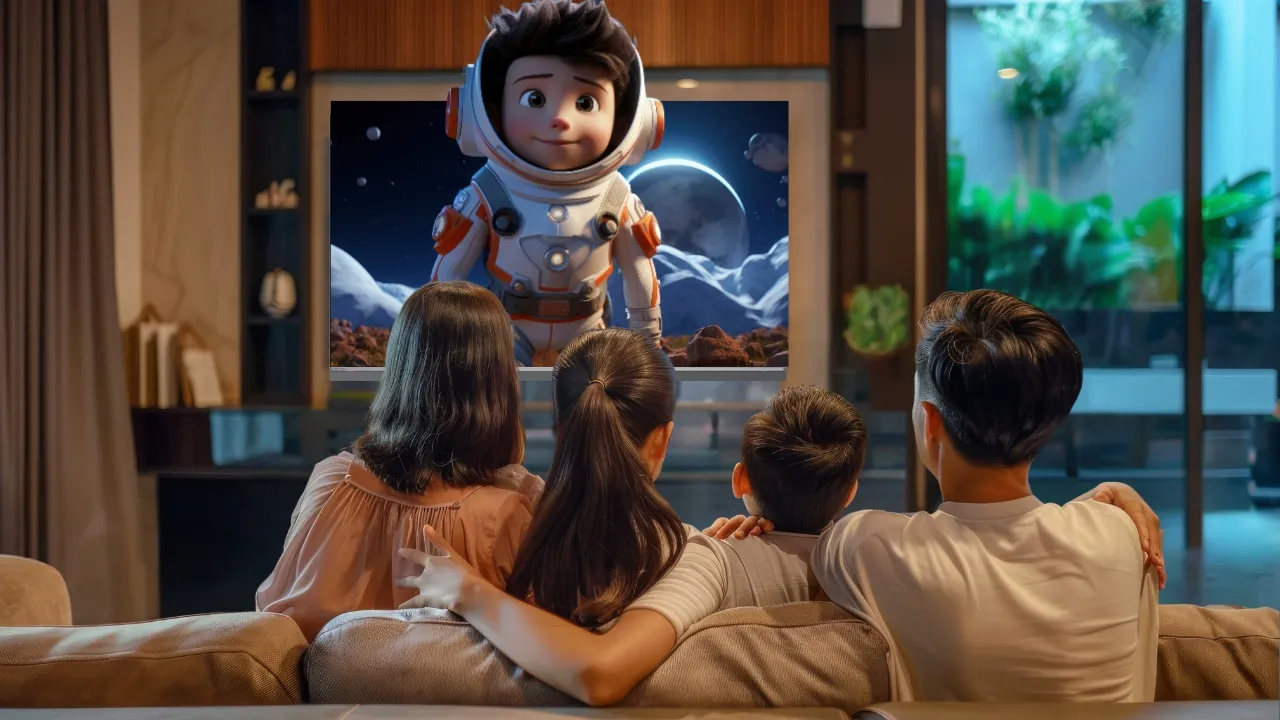The television technology world is growing at an alarming rate to make viewers more engaged in what they are watching. The latest innovations have transformed our living rooms into personal cinemas with their crystal clear pictures and seamless connections among other things. In this article, we shall discuss some exciting future developments in TV tech such as WiFi 6, 144Hz refresh rates and so on.
Wi-Fi 6 and Its Implications on Streaming Speeds
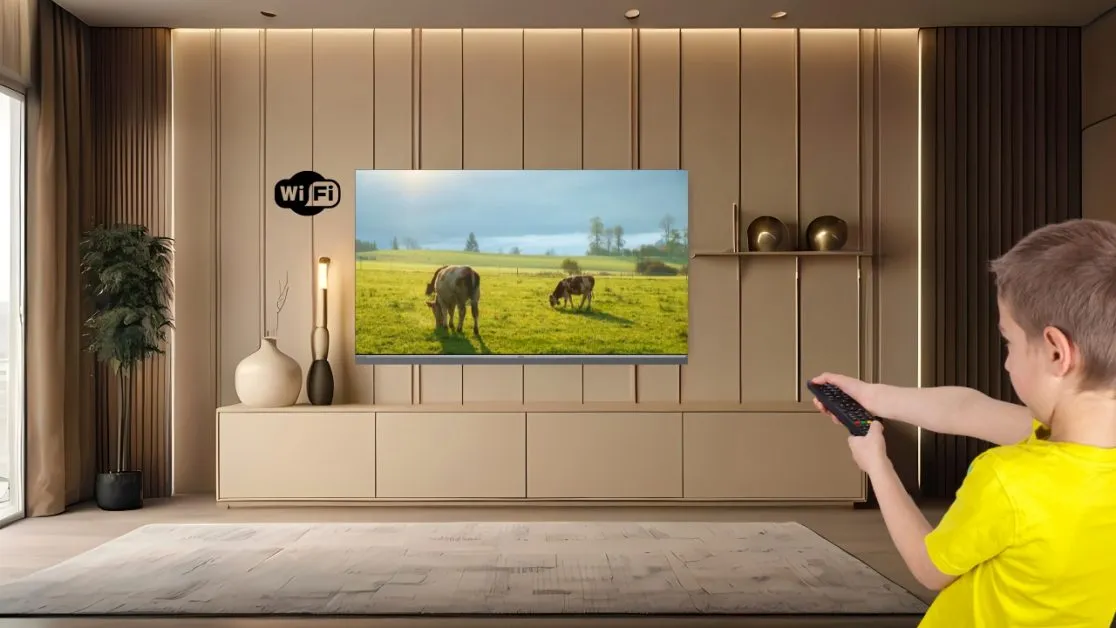
Buffering videos and pixelated screens will soon be forgotten thanks to Wi-Fi 6. This wireless technology has greatly improved how we connect to the internet which impacts our experience when watching TV.
Wi-Fi 6 or also called as 802.11ax has a few advantages over its predecessors:
i) It offers higher speeds that can go up to theoretical limits of around 9.6 Gbps which means it can handle streaming for both 4K and even 8K without any problem.
ii) Latency is reduced so you will not suffer from lags during live sports events or gaming sessions done online.
iii) Works better in crowded areas where many houses have devices connected wirelessly since it employs advanced connectivity technologies for multiple device homes.
iv) Even though this may not be directly related with TVs but rather other smart home devices; power consumption by them is improved thus increasing their battery life more especially when used together with each other within a network system.
For those who love televisions sets, WiFi six implies smoother downloads, quicker streams plus overall stronger links. Whether you’re binge-watching your favorite show or hosting a movie night at home with friends over; this new feature ensures that there is no buffering involved because everything loads fast enough for uninterrupted playbacks.
Refresh Rates; The Revolution of the One Hundred Forty Four Hertz
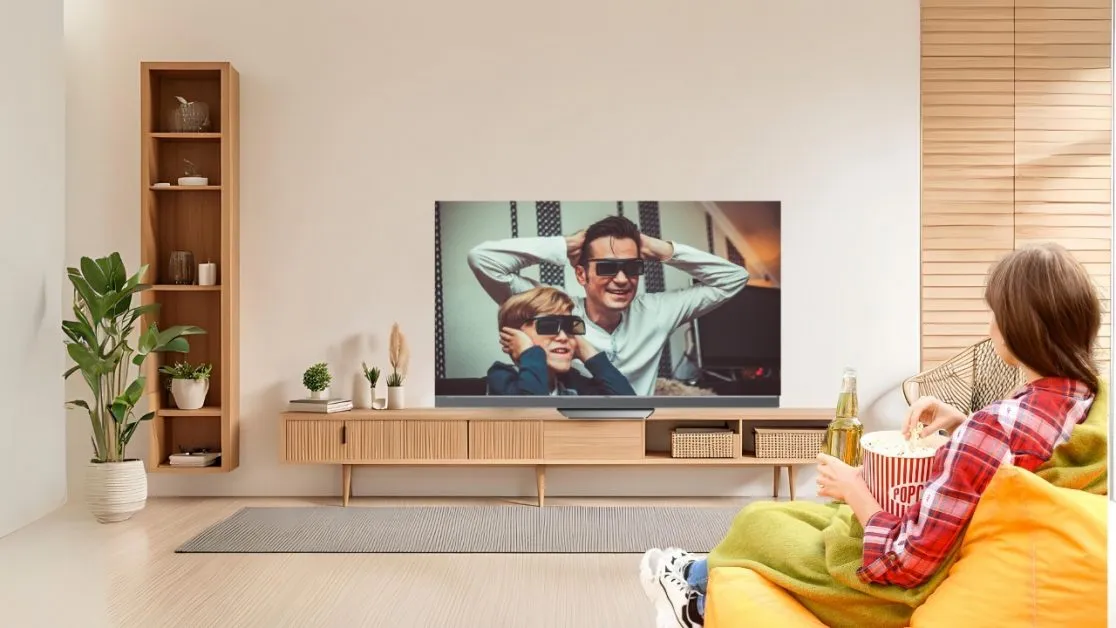
Refresh rate determines how smoothly images appear on the screen while Wi-Fi takes care of connection. Welcome to 144Hz TVS which will change everything for both gamers and movie lovers.
Definition of Refresh Rate
Refresh rate is measured in Hertz (Hz) and represents the number of times per second a television can draw new pictures. Traditional ones have 60 Hz while newer models come with 120 Hz but now there are even TVs which are 144Hz.
Advantages of One Hundred Forty Four Hertz
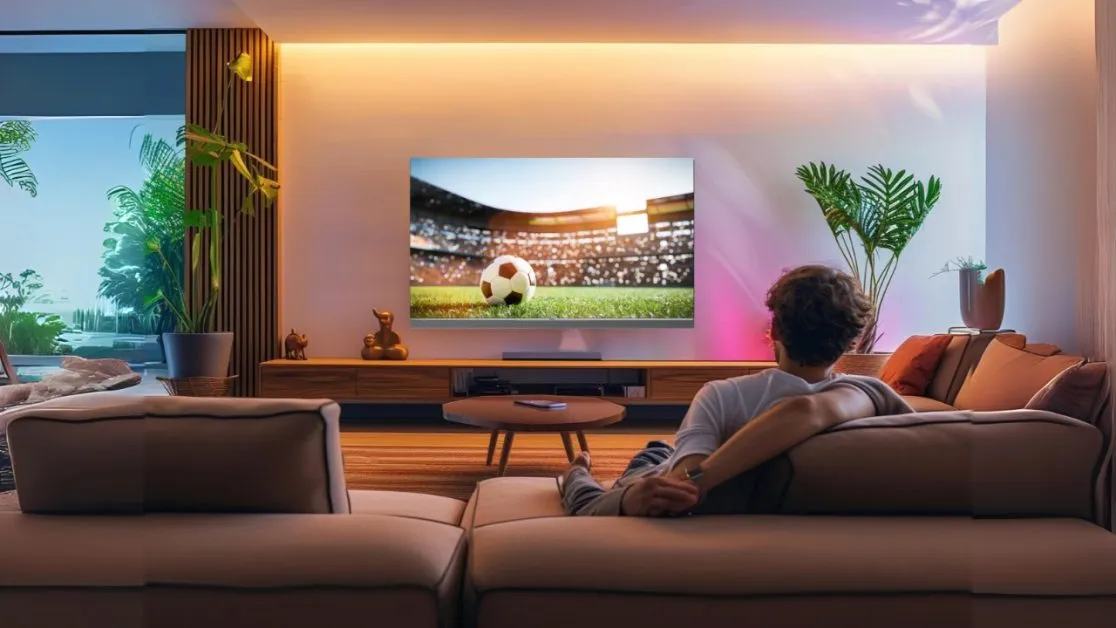
Smoother motion – With this feature, action scenes look more fluid than ever before especially those involving fast moving objects like sports events.
Reduced motion blur – Say goodbye to trails left behind by things that move quickly across the screen because they will be gone forever once you get yourself a one hundred and forty four hertz TV set.
Improved gaming experience – People who love playing games on their televisions sets will enjoy this as it reduces input lag thereby making game play more responsive than usual.
Future-proofing; You should know that content creators are not yet using these types of displays but sooner or later they might start doing so and when that happens, then your TV set would be ready for such high refresh rates thus allowing you to watch everything in its full beauty without any compromise whatsoever.
The increase from sixty hz to one hundred forty four may seem small but only if one is not observant enough because a big difference can be seen between them just like what occurs when upgrading from standard definition into high definition where after experiencing it becomes difficult going back again.
AI-Powered Picture Processing
The processing of images on televisions is being transformed by artificial intelligence. These intelligent algorithms can evaluate content in real-time to improve picture quality, enlarge lower-resolution content and even adapt settings according to ambient light conditions.
Advanced HDR Formats
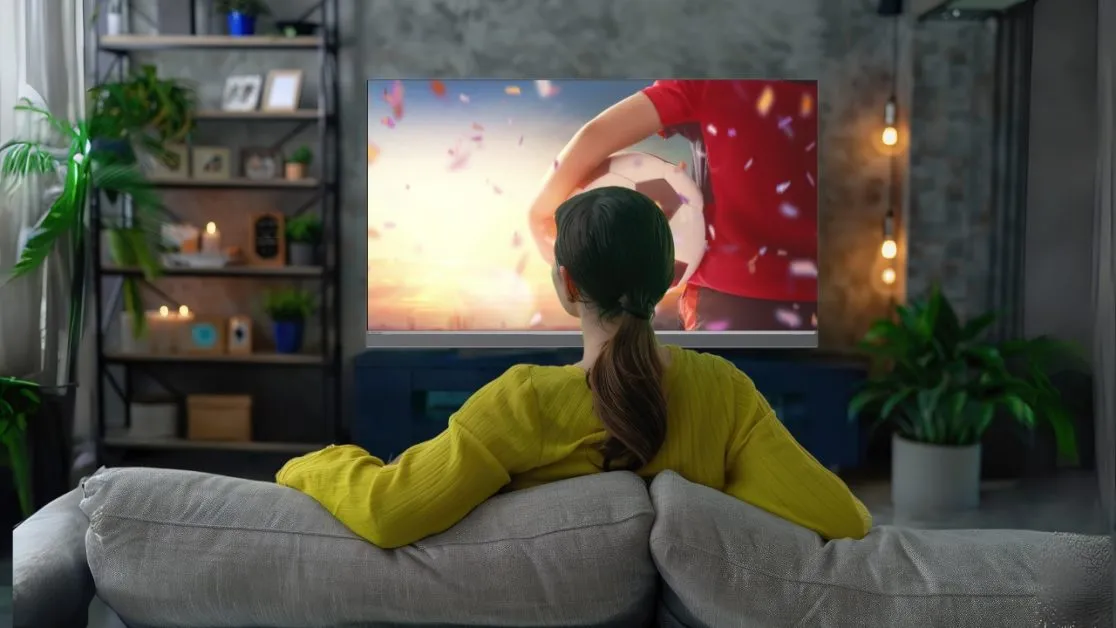
High Dynamic Range (HDR) technology keeps advancing with the inclusion of Dolby Vision IQ and HDR10+ Adaptive formats that create more detailed and captivating viewing experiences. Brightness and contrast adjustments are made by these sophisticated HDR formats depending on the lighting conditions of your room thus guaranteeing the best picture quality possible in any given environment.
Enhanced Audio Technologies
Audio should not be left behind as visual enhancements happen. Dolby Atmos and DTS:X technologies have brought cinematic sounds into living rooms. Some TV models have upward-firing speakers or soundbars built-in for a richer audio experience without requiring extra equipment.
The Smart TV Revolution Continues
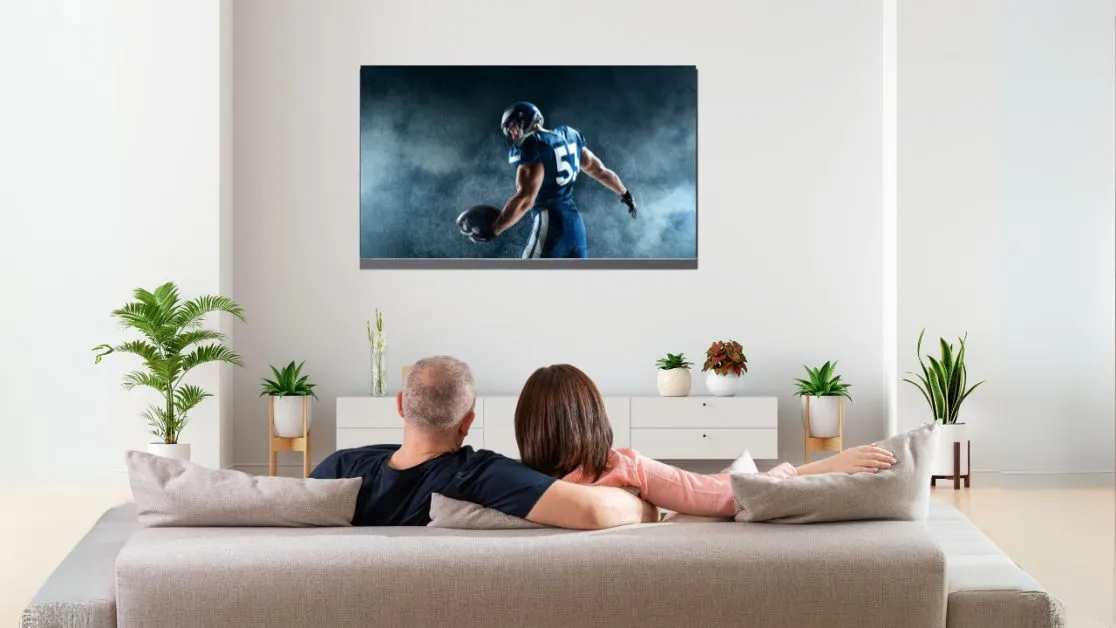
As TVs become smarter, they also get more advanced features. Modern smart TVs are practically computers capable of running apps, streaming content or even acting as smart home hubs. Here are some interesting trends in this area:
- Voice control allows people to operate their television sets using natural language while searching for shows among other tasks hands-free.
- Personalized recommendations use AI algorithms which study what you watch most often then suggest similar programs likely to capture your interest.
- Integration with smart home devices enables you to manage things like lights, thermostat etc., all from your TV screen.
- Built-in video conferencing allows users to make video calls on large screens because such TVs come fitted with cameras as well microphones for this purpose.
The Future is Bright: Haier’s M95E QD-MINI LED 4K Smart TV
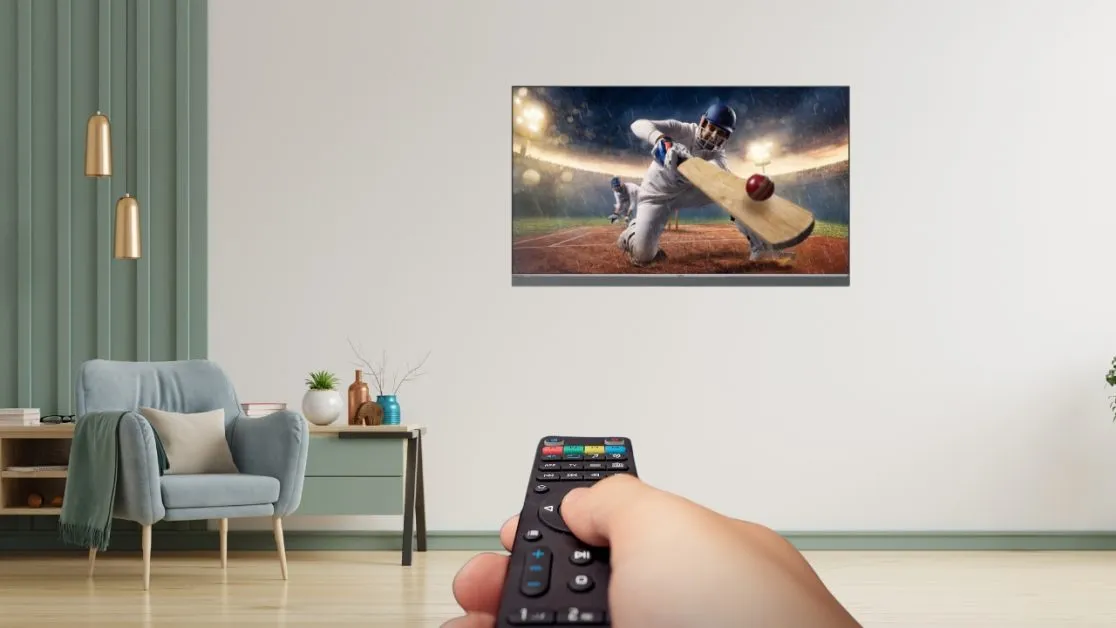
When considering future developments within television technology it becomes clear that Haier India is one brand that stands out due its commitment towards innovation coupled with high quality standards. The Haier M95E QD-MINI LED 4K Smart TV is their latest offering which incorporates many of the exciting features discussed earlier.
This model boasts an impressive QD-MINI LED display having a 4K resolution so as to produce breathtaking visuals characterized by true blacks and 100% color gamut. Additionally, it has a refresh rate of 144Hz thereby ensuring smooth motion thus being suitable for both movie enthusiasts and gamers alike. With Dolby Vision IQ support together with 2000 nits brightness this television set breathes new life into HDR content.
However, eye-catching graphics are not enough on their own merits; they need audio accompaniment that matches up accordingly in terms of excellence. For this reason M95E comes with a Harman Kardon sound system featuring front speakers integrated alongside subwoofer producing an immersive soundstage totaling 60 watts fueled by Dolby Atmos technology. Moreover, its ultra-thin design plus elegant annular runway stand make it look sleek wherever placed within any living room setting.
Concerning intelligence levels exhibited by these devices running on different platforms should not be ignored either because they greatly simplify user interaction while at the same time broadening scope concerning available entertainment options . M95 E runs on Google TV which offers simple interface & access to huge number streaming applications; ability to enjoy buffer-free 4K streaming coupled with Wi Fi6 support; hands free voice control compatibility so finding your favorite show becomes a breeze or even controlling other gadgets around home is really easy.
Conclusion: Embracing the Future of Television
Clearly from our discussions on advanced display technologies like Wi-Fi6,144Hz refresh rates among others,it can be said without doubt that there is brighter tomorrow awaiting viewership experience within televisions sets than what we have today . It’s not just about numbers & figures but creating something real ,impressive which will keep people glued onto their screens for hours
No matter if you love movies, sports or are just a casual watcher, these gadgets will transform how you watch TV. And we are only scratching the surface of what they can do. The Haier M95E QD-MINI LED 4K Smart TV is at the forefront of this advancement. It gives us a peek at what our living rooms might look like in years to come when it comes to home entertainment systems — but that’s not all! As content creators catch up with these technological advancements, we can expect even more mind-blowing visuals and stories. There has never been a better time for television production than right now because as an industry we’re still figuring out exactly where things are headed next!

